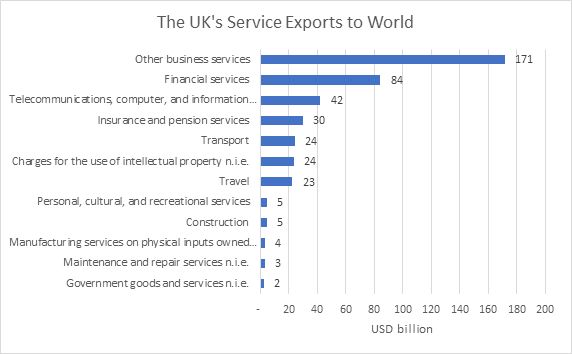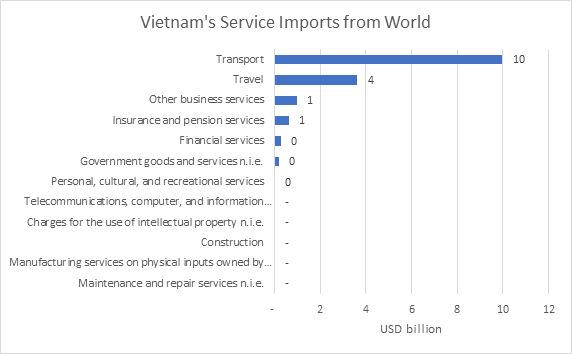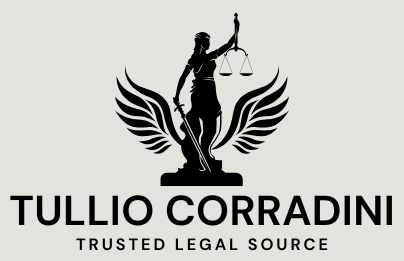To print this article, all you need is to be registered or login on Mondaq.com.
An overview of the UK-Vietnam relations
This year, 2023, the United Kingdom and Vietnam celebrate 50
years of diplomatic relations. The strategic partnership between
the United Kingdom (UK) and Vietnam has been tightening over the
years.
The UK established formal diplomatic relations with the
then-Democratic Republic of Vietnam on 16th July 1973, following
the signing of the Paris Peace Accords. The bilateral relationship
however only really took off at the end of 1990s, with the opening
of the Department for International Development (DFID) office in
Hanoi in 1998.
The UK and Vietnam also have a Double Tax Agreement (BTA) signed
in 1994 and a Bilateral Investment Treaty (BIT) signed in 2002. In
2010, the UK and Vietnam signed a Strategic Partnership Declaration
that aimed to elevates cooperation in seven key areas: political,
global and regional issues; trade and investment; sustainable
socio-economic development; education and training; science and
technology; security and defence; and people to people
links.1 The strategic partnership was then refreshed in
2020 to focus on trade and investment, sustainable economic growth,
security, education, and human right.2
In addition to the UK, Vietnam is also party to other 14 FTAs
with 52 countries globally. Vietnam is currently a member of two
mega trade deals – the Comprehensive and Progressive
Agreement for Trans-Pacific Partnership (CPTPP) and the Regional
Comprehensive Economic Partnership (RCEP) – which give
Vietnam access to a gross market accounting for 32% of world
population and 35% of world GDP. The UK, on the other hand, has
signed 38 FTAs with 94 countries globally. In enhancing partnership
with existing Asian FTA partners, the UK has signed a Digital
Economy Agreement (DEA) with Singapore in 2022 and is considering
an enhanced deal with the Republic of Korea covering SME support,
investment and digital trade, among others.3 The UK is
also seeking to join the CPTPP and is under the process of
accession negotiations, for which Vietnam, as a Party, showed
support.4
Major commitments under the UK-Vietnam Free Trade
Agreement
The UK-Vietnam Free Trade Agreement (UKVFTA) was signed on
December 29, 2020. Following its entry into force on 1 May 2021,
65% of all tariff lines were eliminated, increasing to 99% by 2027,
at the end of the transition period. 5 For exports from
the UK to Vietnam, tariffs on computers, electronic products and
components will be eliminated after 2-4 years; tariffs on
pharmaceuticals, chemicals, footwear, and textile will be
eliminated after 4-6 years; tariffs on machinery, vehicles, wine
and spirits will be eliminated after 6-9 years. Upon full
implementation, this will equate to tariff savings of $134.65
million per year on Vietnamese exports to the UK, and of $42.52
million per year on UK exports to Vietnam, based on current trade
flows.6
In terms of cumulation of origin, the UKVFTA allow for bilateral
cumulation (i.e., cumulation between the Parties to the Agreement),
as well as cumulation the EU. Similar to the EUVFTA, only
cumulation with fabric from the Republic of Korea is allowed, while
the scope for regional cumulation (i.e., cumulation with ASEAN
country that has an FTA with the UK) remains limited.
In the last decade, bilateral merchandise export between the
United Kingdom and Vietnam has seen 5.7% annual growth from the UK
and 7.4% annual growth from Vietnam. Bilateral trade witnessed a
sharp drop in the first year of the COVID-19 outbreak but quickly
bounced back to its pre-pandemic levels in 2021. In 2021, the UK
imported USD 6.3 billion worth of goods from Vietnam, and exported
more than USD 764 million. Intra-industry trade takes place
especially in the electrical equipment and machinery. In addition,
the UK also exported to Vietnam significant volume of
pharmaceutical products, wood pulp, optical and medical instrument,
and beverages. In turns, the kingdom imported footwear, apparel,
and iron and steel.

Source: IEC Calculations, based on ITC Trademap (2022)
There are ample rooms for expanding bilateral trade still. The
UK holds $1.1 billion of export potential to Vietnam, covering
pharmaceuticals, electronic integrated circuits, motor vehicles,
among others. Vietnam, on the other hand, holds $4.5 billion of
potential to the UK, covering electronics components, footwear, and
apparel, etc7.
In terms of trade in services, the UK was able to secure better
market access compared to Vietnam’s commitments under the GATS.
For example, UK investors are allowed to invest without limitations
in hospital services, dental and medical services, retrocession
service, certain environmental services, wholesale and retail with
the unlimited number of retail outlets under 500m2.8
Vietnam has also relaxed some restrictions for UK individual
services suppliers, including allowing UK services suppliers in 8
service sectors, including architecture, urban planning,
engineering, foreign language training, and environment, to stay in
Vietnam for up to 6 months to directly provide services to
Vietnamese consumers. Potential exists for enhancing bilateral
trade in Other Business Services, Financial Services, and Insurance
Services, which the UK had surplus in exports and Vietnam
experienced deficit in 2021.


Source: IEC Calculations, based on ITC Trademap (2022)
Under the Agreement, Vietnam also commits to opening its public
procurement market to UK service providers, granting UK suppliers
access to procurement at the central level as well as in Hanoi and
Ho Chi Minh city for all goods (with some exceptions), business
services, restaurant and hotel, and construction services.
Especially for pharmaceuticals, UK suppliers will be able to access
to up to 35% of the market share in public procurement in this
sector from 2023, increasing up to 50% from 2036. Vietnam’s MFN
rates on pharmaceutical products range from 0% to 14%. As such, the
gradual elimination of import tariffs on UK’s pharmaceutical
products to Vietnam (100% eliminated in 4-6 years) will provide
UK’s pharmaceuticals some edges when accessing to the
pharmaceutical public procurement market in Vietnam.
Opportunities for deepening the UK-Vietnam trade
partnership
According to the IMF, in the next five year, Vietnam will be
able to maintain strong economic growth at 6.6%-7% annually, the
strongest among ASEAN peers. The prospect for Vietnam as a trade
and investment destination is further strengthened by its expanding
consumer base and middle-class. Vietnam is projected to add 36 million people to its middle class by 2030,
positioning as the 7th market with fastest growing middle-class
population in the world. This will drive greater demand for
services, especially finance and insurance, healthcare, and
education, as well as in green and sustainability sectors such as
environmental services and renewable energy.
Footnotes
1. GOV.UK (2010). UK-Vietnam Strategic Partnership
Declaration.
2. GOV.UK (2020). UK-Vietnam strategic partnership: forging ahead
for another 10 years.
3. GOV.UK (2022). UK kicks off process to negotiate new trade deal
with South Korea.
4. Vietnamnet (2020). Vietnam ready to share experience to help UK join
CPTPP.
5. Department for International Trade
(2021). UK-Vietnam Free Trade Agreement. Opportunities for
UK Businesses.
6. Thanh Van (2021). Healthcare focus for Brit investors through
UVFTA. Vietnam Investment Review.
7. ITC Export Potential Map
8. Supra note 3.
The content of this article is intended to provide a general
guide to the subject matter. Specialist advice should be sought
about your specific circumstances.











More Stories
Employers Beware: California Bill Could More than Double the Mandatory Paid Sick Leave Available to California Employees!
“Incidental” Versus “Direct” Third Party Beneficiaries Under Insurance Policies in Which a Party is Not an Additional Insured | California Construction Law Blog
Judge Calls Out “Human Rights Lawyers” Over Incompetence